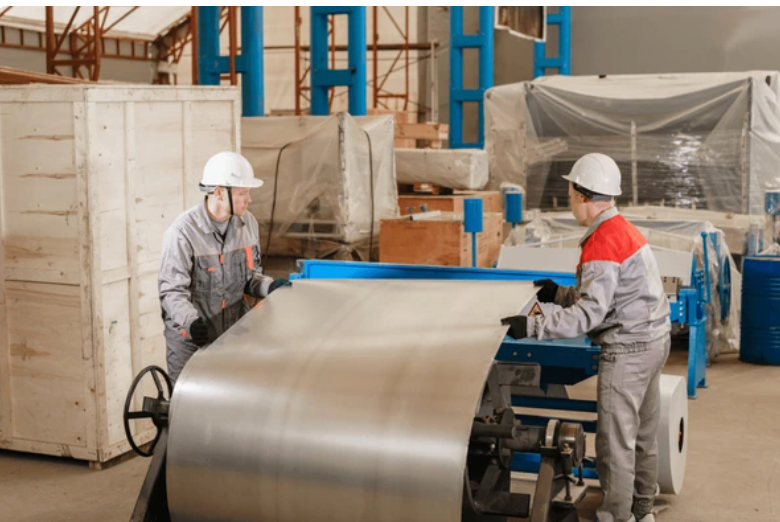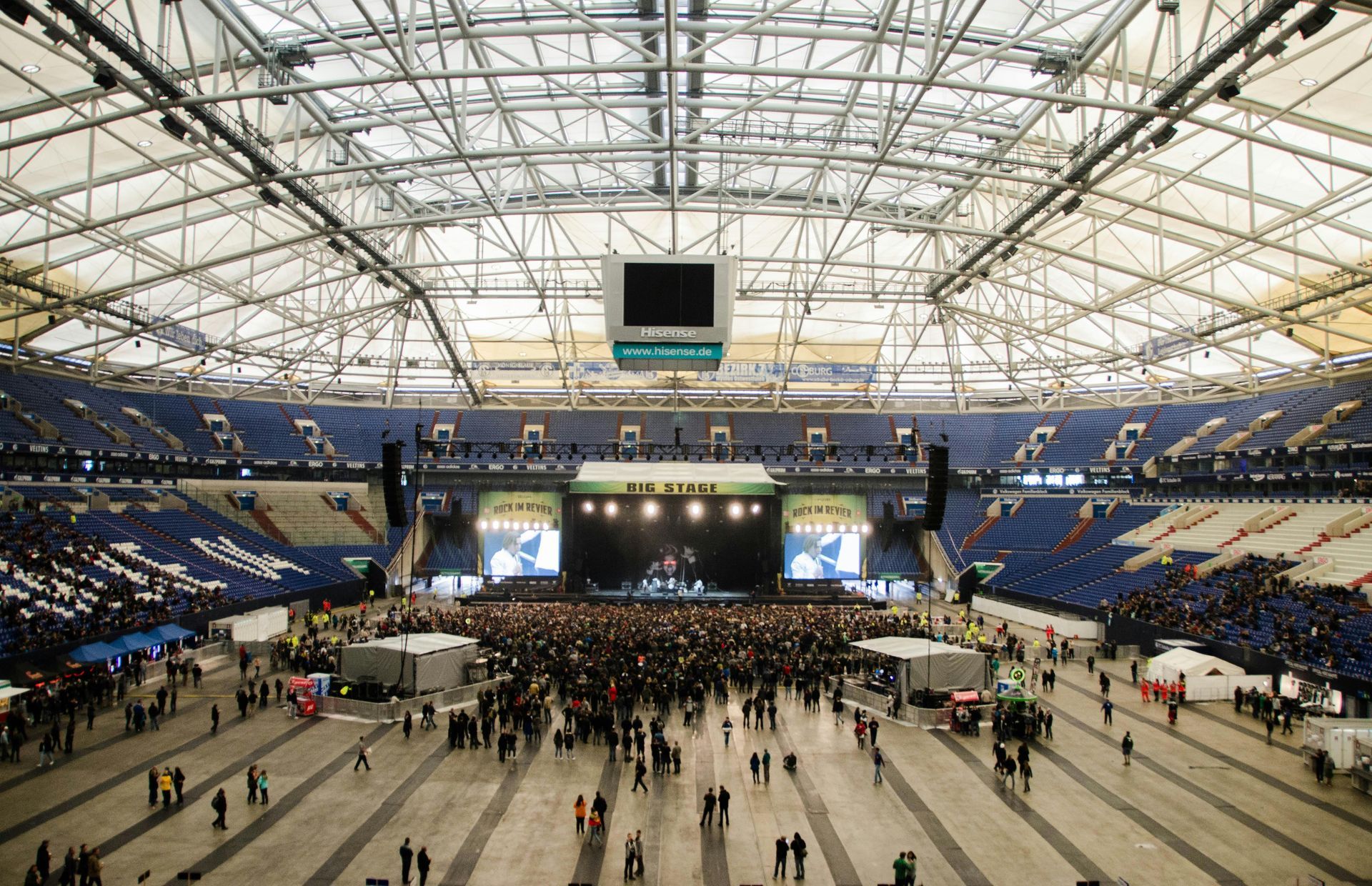The 2025 Gutter Industry Trends Report
What is impacting Gutter profitability?
will - July 28, 2025
Executive Summary
The U.S. gutter services market remains a modest but steady niche, with 2025 revenue estimated at roughly
$795 million (up from $778.4 million in 2024). While annual growth is limited (~1–2%), more profound shifts in raw material prices, supply chain complexity, labor costs, and distribution margins are squeezing contractor profits and altering competitive dynamics.
Sections and Topics
- Aluminum versus Steel material dynamics
- Distribution and logistics cost escalation
- Labor (wages, productivity, skilled gap)
- Operational overheads (equipment, vehicles, waste, quality control)
- Margin sensitivity and break-even thresholds
Market & Material Mix Trends

How big is the US Gutter Marketing Industry in 2025?
The U.S. gutter services market is small in absolute terms, coming in at about $778.4 million in 2024 and projected to increase to $795.4 million in 2025 according to
IBISWorld. The number of U.S. gutter service firms was approximately 4,929 in 2024, with expectations to reach 5,159 in 2025, reflecting a 3.4 percent growth rate (IBISWorld). Upstream, the gutters and downspouts manufacturing space is much larger, with
Freedonia Group projecting the U.S. market as a multibillion-dollar industry segmented by material type such as steel, aluminum, plastic, and copper, and by product line including gutters, downspouts, guards, and accessories. Globally, the gutter and downspout market was estimated at $5.7 billion in 2024 and forecast to reach $8.9 billion by 2033 at a CAGR of about 5.4 percent according to
Verified Market Reports. Earlier forecasts pegged the global rain gutter market at $7.9 billion by 2025 for context (PR Newswire). From the contractor’s vantage, these macro numbers understate the pressure because the majority of value capture is upstream in material and fabrication, making cost control in those sectors critical.
Gutter Materials of Choice and Distribution Factors
Why aluminum is still the number one gutter material
Aluminum remains the dominant material in residential gutter systems owing to its corrosion resistance, lighter weight, and easier handling. The aluminum gutters and eavestroughs market is moderately concentrated with several major players such as Ply Gem, Kaycan, and LeafGuard (Market Report Analytics). Innovations in coatings, seamless systems, hidden-fastener technologies, and recycled-aluminum content are ongoing (Market Report Analytics), but volatile aluminum commodity pricing and the energy-intensive smelting process make costs highly sensitive to global supply and energy markets.
Why steel is the second best material for gutters
Steel gutters often command a premium in durability, structural rigidity, and reduced thermal expansion, but they are more labor-intensive to install. Steel requires more care in fabrication, more specialized machinery, and sometimes pre-forming before arrival at the jobsite (Gutter Supply). However, steel is vulnerable to rust and galvanic corrosion over time, especially in climates with freeze-thaw cycles and exposure to dissimilar metals. Cost comparisons suggest that aluminum material often runs about $2 per linear foot, while steel may range closer to $3 per linear foot in certain regions (Gutter Supply). When installation labor, waste, and handling are included, steel gutters typically impose higher installed costs due to heavier weight, extra handling complexity, and slower productivity curves. Aluminum’s ease of transport, lower weight, and flexibility often translate into labor efficiency advantages, with less cutting, bending, and adjustment required on-site. Nonetheless, some contractors are shifting toward steel in premium installations or climates demanding extra strength, but only where margin buffers can absorb the incremental cost. Freedonia’s segmentation shows that material demand is shifting modestly, with plastic and guards gaining share in some subsegments, though aluminum and steel remain the core choices (Freedonia Group). The key takeaway for contractors is that material selection between aluminum and steel is a trade-off between commodity volatility, fabrication complexity, installation labor, and long-term risk of corrosion or warranty exposure.
Why steel is the second best material for gutters
For contractors, the path from mill to coil to roll-former to regional warehouse to jobsite is fraught with margin leakage and cost escalation. Aluminum and steel mills adjust pricing quickly to changes in futures markets, energy cost shifts, tariff regimes, and supply chain disruptions, and contractors that lack procurement scale often get hit by “last-mile” cost adjustments. Spot and short-term contracts frequently carry premiums, while long-term contracts yield price stability but require capital commitment and accurate forecasting.
Regional warehousing and inventory holding adds another layer of complexity. Many gutter contractors maintain local or regional stocking to ensure just-in-time availability of gutters, downspouts, fittings, spare parts, and accessories. Inventory carrying costs are significant, tying up capital and creating risk of damage, spoilage such as fading painted coil, and obsolescence when profiles or specifications change. Overly lean inventories risk project delays due to stockouts, while overly aggressive inventories raise cash requirements.
Transportation and last-mile logistics further raise costs because gutter systems are long, bulky, and low-density, meaning freight cost per unit length is non-negligible. Fuel price volatility, driver shortages, and regional surcharges such as rural access or weight limits all amplify delivery cost uncertainty. Many distributors impose minimum truckload fees, split-load surcharges, or zone-based escalations that hit small contractors hardest. In some instances, contractors must float product between warehouses or use relay trucks, which drives costs higher.
Distributor margins and roll-former integration also affect economics. Some large distributors vertically integrate roll-forming and skip “middlemen” margins, while others remain purely distribution-based. Contractors that own in-house roll-formers can reduce margin bleed from distribution but at the tradeoff of capital expense, maintenance, setup changeovers, and equipment depreciation.
The balance between outsourcing fabrication and in-house forming is increasingly strategic, with larger players gaining scale advantage. Global raw material constraints, geopolitical shifts, and mill outages can create cascading delays, while tariff risks and import dependencies add uncertainty. The net result is that distribution and logistics represent a layered cost engine that, if unmanaged, can erode 10 to 20 percent or more of gross margin potential in some job scenarios.
Reduced Gutter Labor Market

Hiring, retaining and affording gutter technicians is harder
Persistent Wage Inflation and Skill Shortages
Labor remains the largest controllable cost for most gutter contractors, and in 2025 multiple pressures converge to challenge labor economics. Wage inflation across the trades is persistent, and skilled labor capable of precise gutter installations such as complex roof layouts, custom fittings, and seamless systems commands a premium. Many markets face shortages of sheet metal tradespeople, especially for specialized tasks such as fat-roll forming, custom bends, and seamless joins. Productivity varies widely. A seasoned team of two or three working in favorable conditions may achieve 40 to 60 linear feet per hour depending on roof complexity, pitch, access, and prior planning. However, variation in terrain, roof pitch, gutter height, obstacles such as chimneys or valleys, and weather can slow productivity significantly, and new crews may operate at half the efficiency of mature crews until they are fully trained. Crew downtime from travel, setup, correction work, and rework further drags effective utilization.
Labor Migration to Higher-Paying Trades
Adding to these challenges is the broader housing market and inflationary pressure, which draw experienced gutter installers away to other trades. Roofing contractors, HVAC companies, and general home improvement firms often generate higher pre-installation revenues per project, which allows them to offer more attractive compensation packages than gutter-only businesses. As housing demand accelerates and homeowners prioritize big-ticket upgrades, laborers with transferable skills find it more profitable to shift into roofing tear-offs, HVAC retrofits, or siding jobs where pay scales are higher and job volume more consistent. This migration further shrinks the available gutter labor pool and forces gutter firms to either increase wages, hire less experienced crews, or absorb project delays.
Crew Composition and Performance Models
Optimal crew composition mixes skill levels, as too much reliance on senior labor wastes high-dollar time while too much junior labor risks mistakes and slower throughputs. Foremen, quality checkers, and measuring technicians must be balanced to minimize rework and callbacks while containing wage pressures. Incentives and performance pay models are common, with many contractors adopting piece-rate or linear-foot-based pay to align incentives. These models must be calibrated carefully to avoid quality erosion, corner-cutting, or speed-based mistakes. Workforce training and retention investments also pay off by reducing errors, scrap, and turnover. Yet retention is harder when nearby trades are actively recruiting gutter installers with promises of higher wages and steadier work.
The Balancing Act for Contractors
In short, labor economics in the gutter sector are now a constant balancing act not only between maximizing throughput, controlling wage escalation, and limiting defects or warranty exposure, but also between holding onto experienced workers and competing with adjacent industries willing to pay more for the same skillsets. Contractors who cannot adjust their labor models risk falling behind on productivity benchmarks and margin stability as labor scarcity deepens.
Operational Outlooks and Suggestions for Profitability

Operational Strategies to Consider for Increased Profits
Hedging and Escalation Buffers
Given the volatility of aluminum and steel prices, contractors must take a proactive approach to cost management. Hedging material costs through forward contracts or mill commitments helps lock in stable pricing, while pass-through clauses and escalation buffers protect profit margins when raw material prices spike unexpectedly. Contractors that fail to embed these mechanisms into their agreements often find themselves absorbing cost surges that erode project profitability.
Vertical Integration and Consolidation
Larger players are increasingly pursuing vertical integration by internalizing roll-forming, coating, or other fabrication processes. This reduces reliance on distributors and helps recapture lost margins in the supply chain. Regional consolidation also improves purchasing leverage and logistics efficiency, allowing mid-sized firms to compete more effectively with national suppliers. Contractors with the resources to invest in these strategies are better positioned to control overhead and stabilize margins over the long term.
Inventory Management - Lean Models with Flexibility
Inventory holding costs remain a silent drag on profitability. Leaner inventory models supported by forecasting tools and just-in-time replenishment can reduce capital tied up in materials while lowering the risk of spoilage or obsolescence. Flexible roll-former setups also help contractors minimize reliance on pre-stocked profiles, giving them the ability to adapt quickly to shifting demand without overburdening warehouses or tying up cash reserves.
Productivity Tools and Balanced Crews
On the labor side, productivity gains are achieved through workflow refinement, time-motion studies, and the elimination of bottlenecks. Technology such as drones, roof scanners, and digital measurement tools reduces mis-measurements and accelerates layout planning. Benchmarking crew performance and mixing skill levels in crews ensure the right balance between efficiency and cost. Pricing strategies should incorporate risk surcharges for complex or remote jobs, while escalation clauses for fuel, aluminum, and steel can keep bids profitable despite external shocks.
Digital Cost Control
Contractors who embrace digital tools are gaining sharper visibility into costs and profit centers. Systems that track job costs, scrap rates, warranty callbacks, and crew idle time provide a clearer picture of where margin erosion occurs. Real-time analytics support more accurate forecasting and faster adjustments to bidding models. Companies using these systems can detect inefficiencies before they become major financial drains, protecting gross margin and improving scalability.
Adjacent Revenue Lines for Stability
Some contractors buffer volatility by diversifying into adjacent revenue streams such as gutter guards, long-term maintenance contracts, or premium architectural systems like copper or zinc gutters. These offerings not only expand revenue but also command higher margins, allowing contractors to smooth out the fluctuations in commodity-based aluminum and steel installations. Diversification gives businesses added resilience during periods of material or labor cost escalation.
Commodity, Labor, and Regulatory Shocks
Several risks require close monitoring. A sudden commodity price shock in aluminum or steel could erode margins if contracts lack pass-through protections. Labor disruptions and wage escalation could outpace pricing adjustments, especially if shortages in skilled trades deepen. Logistics risks tied to fuel spikes, driver shortages, or regional bottlenecks could also sharply raise surcharges. Meanwhile, evolving environmental regulations requiring stricter coatings or recycling mandates could add compliance costs. Finally, technological disruption or the introduction of new materials may shift demand away from traditional gutter systems, further challenging established contractors.
Need help growing your gutter business in 2025-2026?
Talents Into Profits is not just a marketing agency, we serve as a Chief Strategy Officer to gutter, roofing, and other contractors. Our AI marketing and research bots, combined with our 20 years of experience and over $11 billion in lifetime sales may be able to help you grow into the #1 gutter company within your 15-45 mile service within 3-9 month's time.
Book a Consult with us and let's talk growth!
About the author
Will Schmidt
Will Schmidt, Founder and Owner of Talents Into Profits (TIP), has helped over 150 businesses across 17 different industries, including home services, healthcare, and SaaS, generating more than $11 billion in lifetime sales. His experience in providing branding, marketing, websites, and lead generation based on operational capacities has enabled his clients to continually see 20-50x monthly ROI for services rendered.
Subscribe to Blog
Sign up to get industry insights, trends, and more in your inbox.
Contact Us
We will get back to you as soon as possible.
Please try again later.
Book Free Consult
Join me for a 30-45 minute call to review how to grow your contractor business faster, more affordably, and easier.
SHARE THIS











